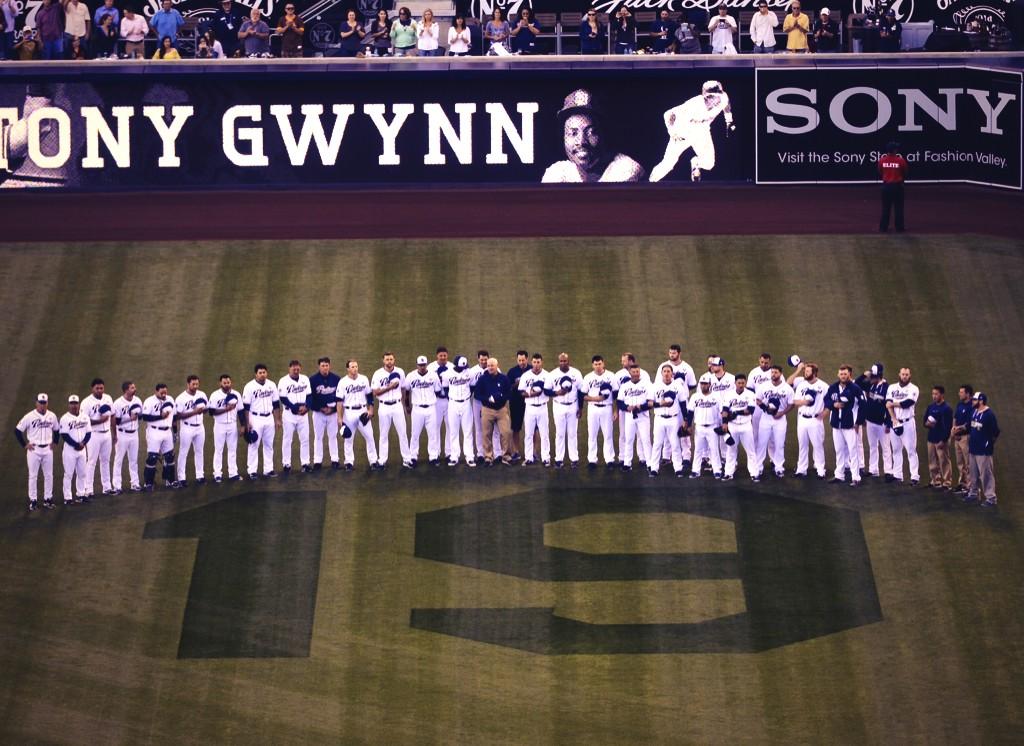- 756
- 88
- Joined
- Feb 5, 2014
The Finals had higher ratings than the World Series, but that's only because of Lebron. I would say baseball is slotted firmly as the #2 sport in America. Besides NBA has always had the most marketable stars, that's not new. Dr. J was more marketable than Mike Schmidt and George Brett, but baseball was more popular. Same in the 90s, Jordan was more marketable than Griffey and Bonds, baseball will always be bigger than NBA in this country.
Lakers are more popular than the Dodgers, Rockets are more popular than the Astros, Heat are more popular than the Marlins...any other cities with an NBA team more popular than the MLB team? Toronto maybe?
Lakers are more popular than the Dodgers, Rockets are more popular than the Astros, Heat are more popular than the Marlins...any other cities with an NBA team more popular than the MLB team? Toronto maybe?




 (although I'm not gonna read any of it
(although I'm not gonna read any of it  ).
). have more for the Cardinals.
have more for the Cardinals. 